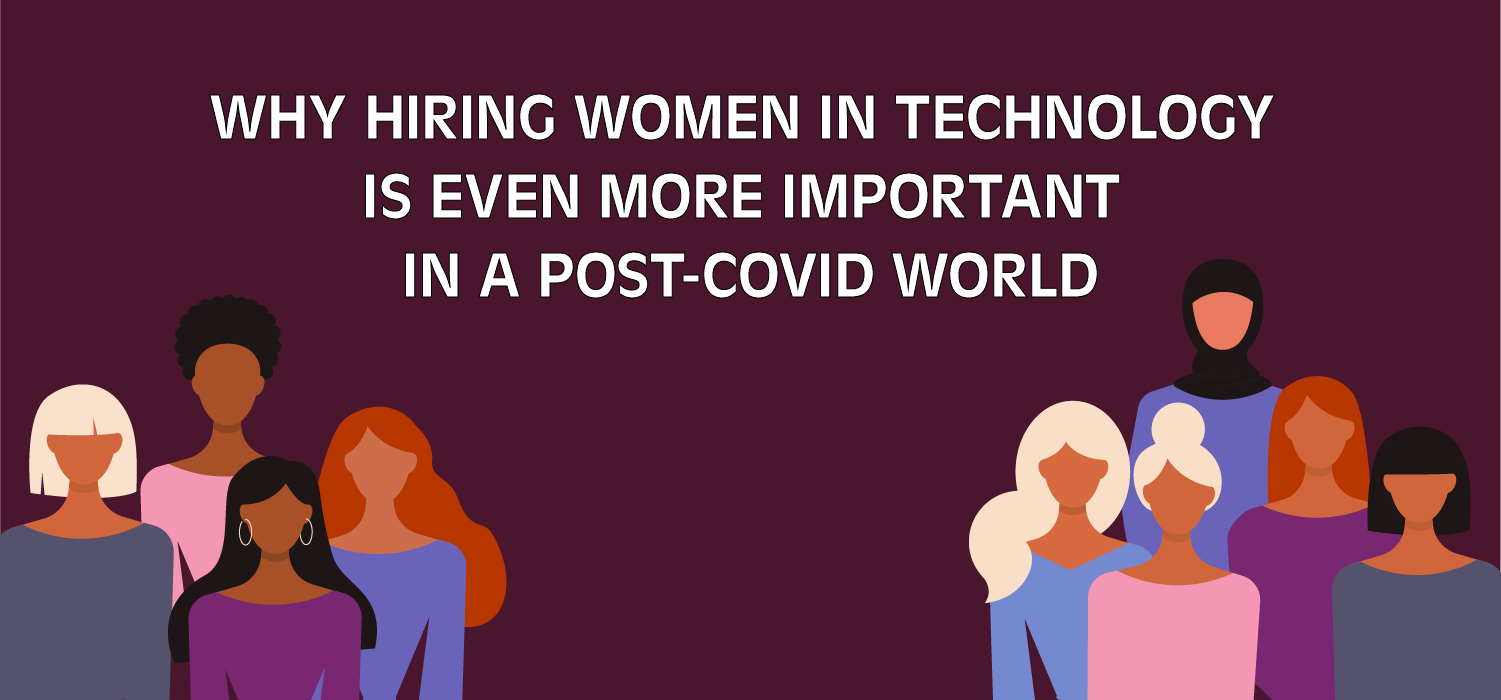The 2022 celebration of International Women’s Day is one that will likely be the most somber in recent history. We are going into this day with the harsh reality the effects COVID-19 have had on the work force these past few years and how those effects disproportionately impact women. Smithsonian Magazine reports that between August and September of 2020, 865,000 women left the workforce completely. This exodus can largely be attributed to the increased domestic burden placed on women when schools around the country moved to a virtual learning model. When compared to the 216,000 men who left the workforce in the same period, the differences are disheartening to say the least.
An examination of data from the U.S. Bureau of Labor Statistics reveals that at the height of the pandemic (April 2020) the unemployment rate for women was 16.1%. During the same period, men faced an unemployment rate of 13.1%. The degree of economic hardships faced by women during the COVID-19 economy vary when examining different demographic groups. Black and Hispanic women, groups that are still largely underrepresented in the workforce today, were hit the hardest with unemployment rates of 16.4% (Black women) and 16.7% (Hispanic women).
While the unemployment rates have improved, what we have learned from these unprecedented circumstances is that the gains women have made in the workplace in recent history are vulnerable. A key factor in the inequity in unemployment rates is the prominence of women in industries that support traditional gender roles. These industries also happen to be those that were hit the hardest by the pandemic like domestic work, retail, restaurant, childcare, and personal care services. Additionally, the fact that women are less likely to hold seniority means that they are more likely to be laid off.
So, what can women do to make up for the workforce losses experienced during COVID-19 and increase stability in those gains? They can secure their place in the workforce that is ushering in the 4th Industrial Revolution, the Tech industry. Throughout the pandemic we have been forced to adapt to a new reality where distance is key. This has essentially lit an accelerant on digital transformation. Developing and supporting technologies that will enable us to create human connections virtually is of vital importance. However, for these technological advancements to be effective they must work for the population at large.
Many studies have shown that teams that are made up of a diverse group of individuals from different backgrounds are the most effective. When the people who are writing the technology are not reflective of the people who will be using the technology, then segments of the population are bound to be alienated. Therefore, it is important for women to have a voice in these advancements because they will be contributing to the societal design of the future.
The tech industry can also insulate the female workforce by introducing more flexibility. As an industry, technology traditionally held higher rates of remote work policies prior to the pandemic. The success of the COVID-19 remote workforce has led some of the biggest tech companies to commit to remote work policies beyond the social distancing restrictions we face now. The increase in remote workers could also potentially lead to the breakdown of Silicon Valley’s prominence as companies expand their talent search far beyond the Bay Area. This removes yet another entry barrier to the industry, as you no longer must reside in a certain area to grab coveted position at some of the biggest names in technology.
Having women in the tech workforce today influences what the industry will look like in future generations. The lack of diversity in the tech industry is something that has been well documented. According to a 2021 report from TrustRadius, women in technical positions (specifically engineering) are still outnumbered 5 to 1. While strides have been made to increase diversity and inclusion in the tech workforce, women are still largely underrepresented in an industry that has a high degree of power in designing what society will look like in the future. The outlook for improvement in these statistics is somewhat bleak. According to ComputerScience.org, as of 1984 37% of all Computer Science Bachelor’s Degree recipients were women, but that number has since declined to 18%. A key factor in the decline in interest young girls have in technology starting in middle school is the lack of representation they see in the industry.
While this year’s celebration of International Women’s Day may not be as joyous, it should be hopeful. The tech industry is a workforce that has remained largely resilient during the pandemic and it is one that is expected to see future growth. Additionally, this industry is and will continue to be a key player in the 4th Industrial Revolution which we are currently at the precipice of. As we continue to see the entry barriers to this industry be torn down, it becomes not only a viable venue option for a female workforce revolution but also one that can insulate the workforce against future losses.
Are you interested in a new career in IT but aren’t sure where to start? Contact us or fill out the form below to prepare for a new career in IT in only four months, not four years.

